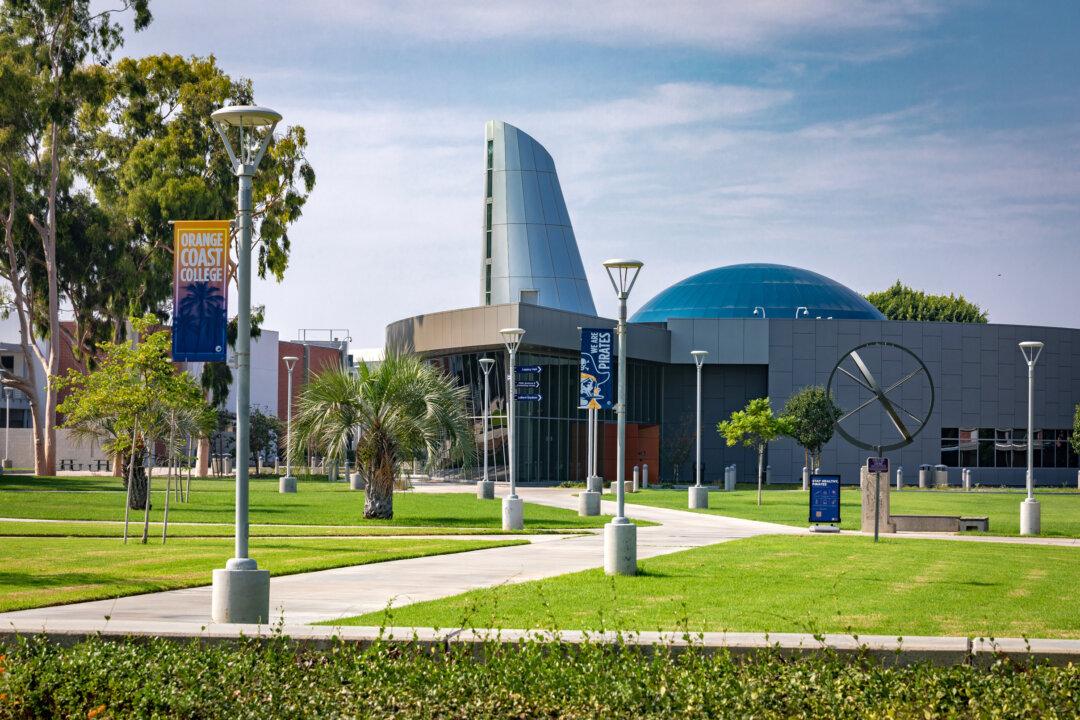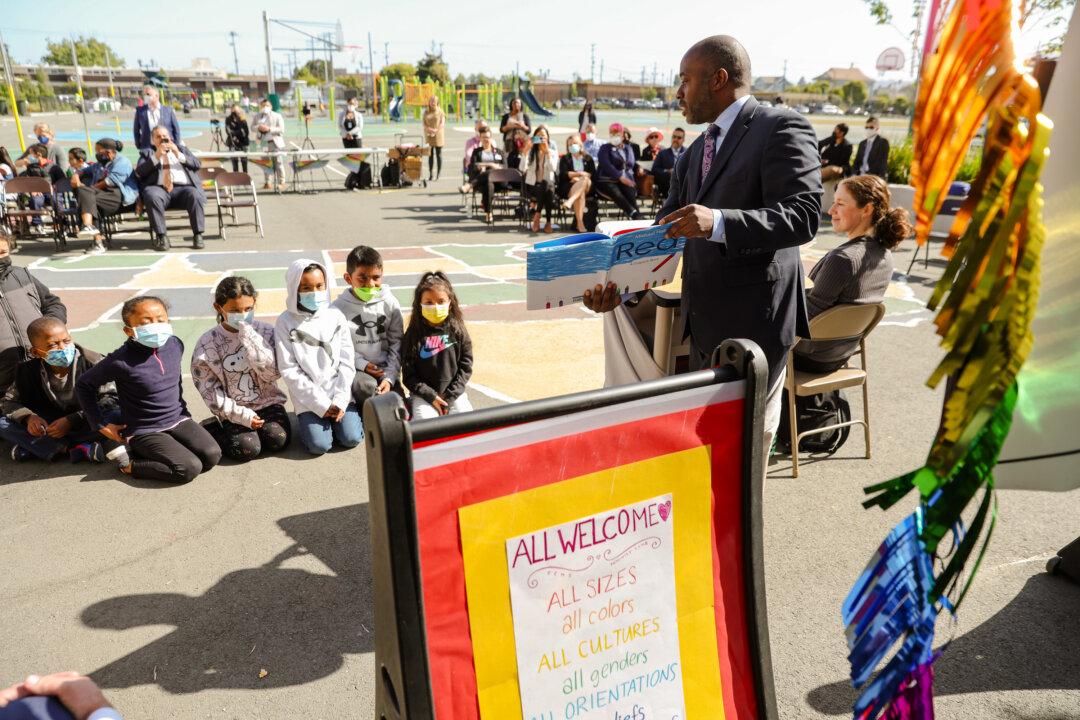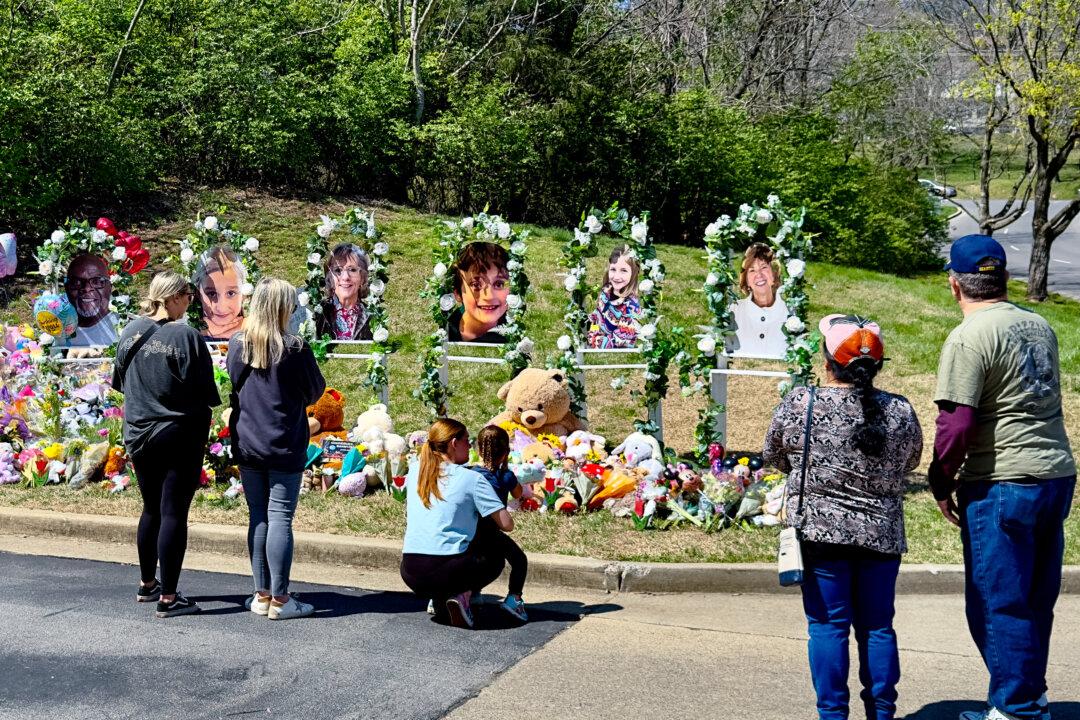The City of Santa Ana, Calif., plans to use the second half of its $128 million federal COVID-19 relief funds on community service programs and infrastructure projects, said local officials.
The Santa Ana City Council unanimously approved Aug. 2 a plan to appropriate the second half of the total funds—received in June—to community services through its “Revive Santa Ana” initiative.
“[I am] really glad that this second bundle of money is here,” said Mayor Vicente Sarmiento during the meeting.
The city created the initiative last summer when it received the first half—$64 million—of its COVID-19 grant, which supported the following projects:
- Direct relief for small businesses and renters: $22 million
- Infrastructure projects, such as improving city libraries and community centers: $21 million
- Parks and pedestrian safety projects: $16 million
- Reimbursement for the city’s pandemic-related income loss: $10 million





